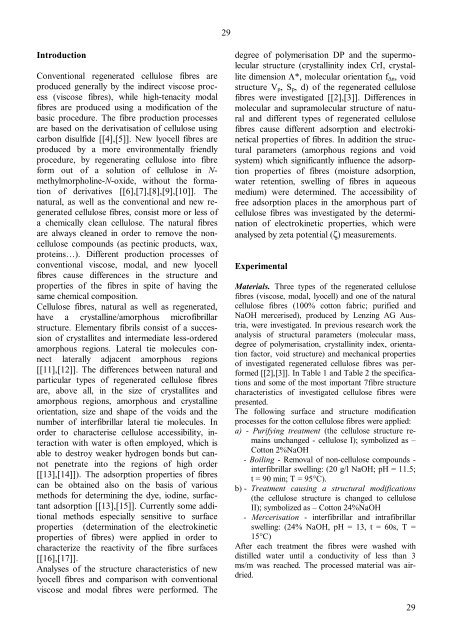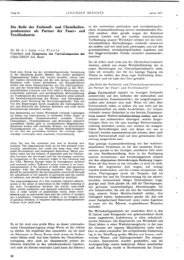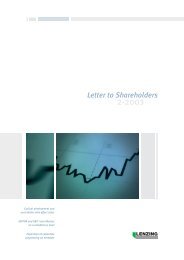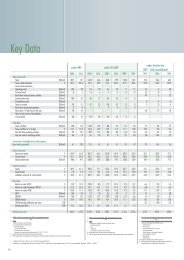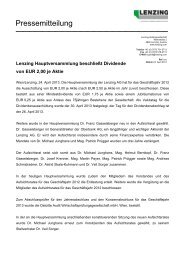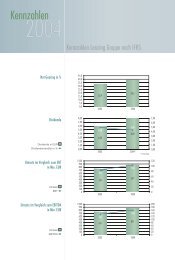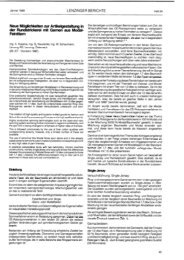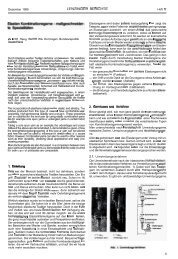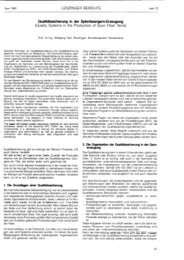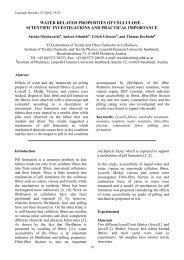THE SORPTION BEHAVIOUR OF CELLULOSE FIBRES - Lenzing
THE SORPTION BEHAVIOUR OF CELLULOSE FIBRES - Lenzing
THE SORPTION BEHAVIOUR OF CELLULOSE FIBRES - Lenzing
Create successful ePaper yourself
Turn your PDF publications into a flip-book with our unique Google optimized e-Paper software.
Introduction<br />
Conventional regenerated cellulose fibres are<br />
produced generally by the indirect viscose process<br />
(viscose fibres), while high-tenacity modal<br />
fibres are produced using a modification of the<br />
basic procedure. The fibre production processes<br />
are based on the derivatisation of cellulose using<br />
carbon disulfide [[4],[5]]. New lyocell fibres are<br />
produced by a more environmentally friendly<br />
procedure, by regenerating cellulose into fibre<br />
form out of a solution of cellulose in Nmethylmorpholine-N-oxide,<br />
without the formation<br />
of derivatives [[6],[7],[8],[9],[10]]. The<br />
natural, as well as the conventional and new regenerated<br />
cellulose fibres, consist more or less of<br />
a chemically clean cellulose. The natural fibres<br />
are always cleaned in order to remove the noncellulose<br />
compounds (as pectinic products, wax,<br />
proteins…). Different production processes of<br />
conventional viscose, modal, and new lyocell<br />
fibres cause differences in the structure and<br />
properties of the fibres in spite of having the<br />
same chemical composition.<br />
Cellulose fibres, natural as well as regenerated,<br />
have a crystalline/amorphous microfibrillar<br />
structure. Elementary fibrils consist of a succession<br />
of crystallites and intermediate less-ordered<br />
amorphous regions. Lateral tie molecules connect<br />
laterally adjacent amorphous regions<br />
[[11],[12]]. The differences between natural and<br />
particular types of regenerated cellulose fibres<br />
are, above all, in the size of crystallites and<br />
amorphous regions, amorphous and crystalline<br />
orientation, size and shape of the voids and the<br />
number of interfibrillar lateral tie molecules. In<br />
order to characterise cellulose accessibility, interaction<br />
with water is often employed, which is<br />
able to destroy weaker hydrogen bonds but cannot<br />
penetrate into the regions of high order<br />
[[13],[14]]). The adsorption properties of fibres<br />
can be obtained also on the basis of various<br />
methods for determining the dye, iodine, surfactant<br />
adsorption [[13],[15]]. Currently some additional<br />
methods especially sensitive to surface<br />
properties (determination of the electrokinetic<br />
properties of fibres) were applied in order to<br />
characterize the reactivity of the fibre surfaces<br />
[[16],[17]].<br />
Analyses of the structure characteristics of new<br />
lyocell fibres and comparison with conventional<br />
viscose and modal fibres were performed. The<br />
29<br />
degree of polymerisation DP and the supermolecular<br />
structure (crystallinity index CrI, crystallite<br />
dimension Λ*, molecular orientation f∆n, void<br />
structure Vp, Sp, d) of the regenerated cellulose<br />
fibres were investigated [[2],[3]]. Differences in<br />
molecular and supramolecular structure of natural<br />
and different types of regenerated cellulose<br />
fibres cause different adsorption and electrokinetical<br />
properties of fibres. In addition the structural<br />
parameters (amorphous regions and void<br />
system) which significantly influence the adsorption<br />
properties of fibres (moisture adsorption,<br />
water retention, swelling of fibres in aqueous<br />
medium) were determined. The accessibility of<br />
free adsorption places in the amorphous part of<br />
cellulose fibres was investigated by the determination<br />
of electrokinetic properties, which were<br />
analysed by zeta potential (ζ) measurements.<br />
Experimental<br />
Materials. Three types of the regenerated cellulose<br />
fibres (viscose, modal, lyocell) and one of the natural<br />
cellulose fibres (100% cotton fabric; purified and<br />
NaOH mercerised), produced by <strong>Lenzing</strong> AG Austria,<br />
were investigated. In previous research work the<br />
analysis of structural parameters (molecular mass,<br />
degree of polymerisation, crystallinity index, orientation<br />
factor, void structure) and mechanical properties<br />
of investigated regenerated cellulose fibres was performed<br />
[[2],[3]]. In Table 1 and Table 2 the specifications<br />
and some of the most important 7fibre structure<br />
characteristics of investigated cellulose fibres were<br />
presented.<br />
The following surface and structure modification<br />
processes for the cotton cellulose fibres were applied:<br />
a) - Purifying treatment (the cellulose structure remains<br />
unchanged - cellulose I); symbolized as –<br />
Cotton 2%NaOH<br />
- Boiling - Removal of non-cellulose compounds -<br />
interfibrillar swelling: (20 g/l NaOH; pH = 11.5;<br />
t = 90 min; T = 95°C).<br />
b) - Treatment causing a structural modifications<br />
(the cellulose structure is changed to cellulose<br />
II); symbolized as – Cotton 24%NaOH<br />
- Mercerisation - interfibrillar and intrafibrillar<br />
swelling: (24% NaOH, pH = 13, t = 60s, T =<br />
15°C)<br />
After each treatment the fibres were washed with<br />
distilled water until a conductivity of less than 3<br />
ms/m was reached. The processed material was airdried.<br />
29


